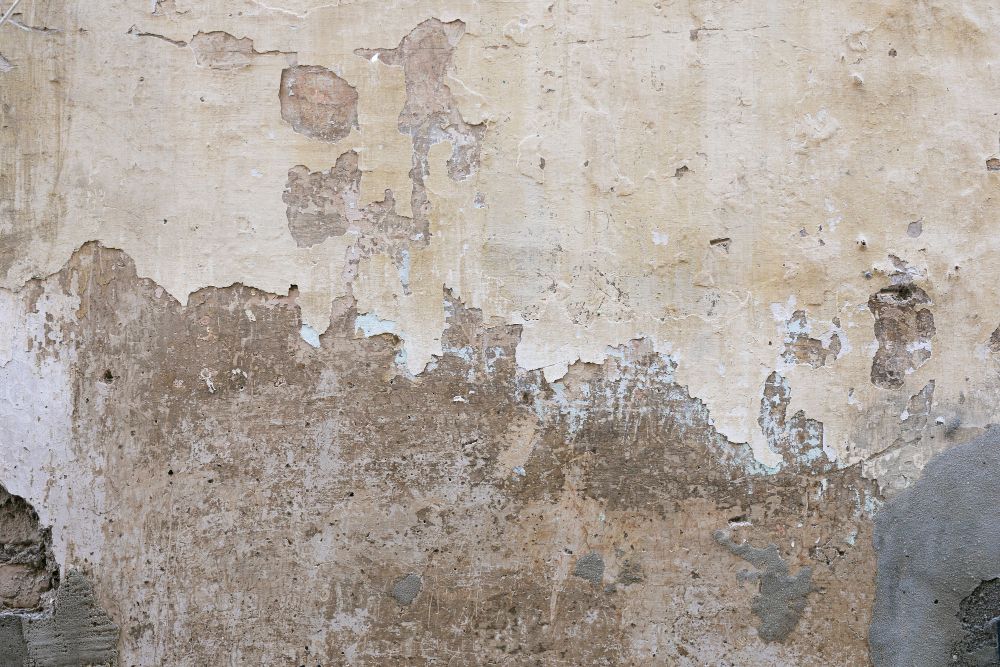
The Difference Between Wet and Dry Rot
Timber decay is a significant concern for property owners and managers, with dry rot and wet rot being the two most common forms found in UK buildings. Both are caused by fungal spores already present in timber, but they differ in how they develop, spread, and are treated.
What Causes Timber Rot?
Both dry rot and wet rot begin when timber is exposed to excess moisture. This moisture can result from leaks, poor ventilation, or high humidity. Identifying the source and type of rot is crucial, as both can lead to serious structural issues if left untreated.
Wet Rot
Wet rot thrives when timber’s moisture content reaches around 50%. It usually results from external leaks, faulty plumbing, or water ingress from gutters and downpipes. Once the moisture is removed, wet rot will stop growing, but the affected timber typically needs to be replaced or repaired.
Common signs of wet rot:
- Damp or musty smell
- Cracking, softened, or spongy timber
- Discoloured or distorted wood
- Weakened timber
- Black–brown fungal growths
Dry Rot
Dry rot requires moisture about 20% content in timber—to begin growing. It often appears in poorly ventilated or humid environments and can be hidden under floorboards or behind walls. Dry rot is particularly destructive because it can spread extensively, even after the initial moisture problem is resolved.
Signs of dry rot include:
- Damaged or decaying timber
- Deep cracks in the timber grain
- Brittle or crumbling wood
- Orange/brown spore dust
- Grey strands on timber
- Large, mushroom-like fruiting bodies
- Damp or musty smell
Treatment & Prevention
For both types of rot:
- Identify and eliminate the source of moisture.
- Remove and replace any affected timber.
- For dry rot, a professional surveyor should assess the full extent of damage, which may require removing plaster or opening up concealed areas.
Prevention tips:
- Maintain good ventilation throughout the property.
- Regularly check for leaks or signs of damp.
- Repair any water ingress promptly.
When to Seek Professional Help
If you suspect timber decay in your property, it’s vital to consult a qualified surveyor. Early identification and correct diagnosis are essential for effective treatment and to prevent further structural damage
Building Surveying, home improvements, Property Management, Rot